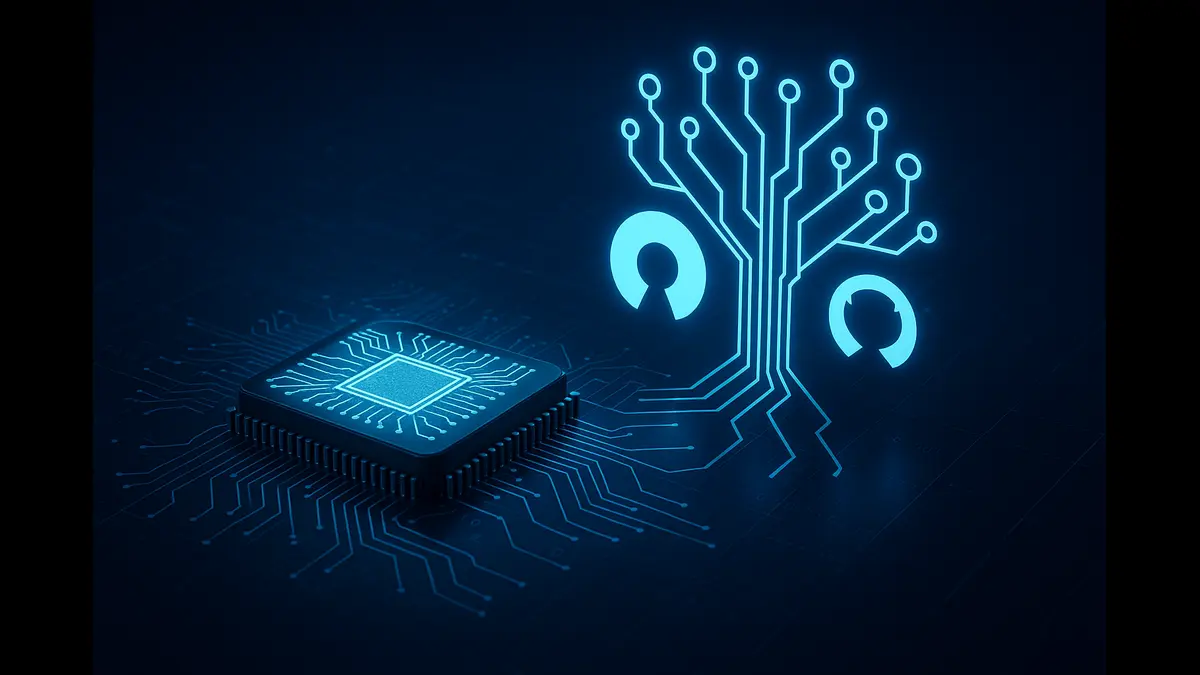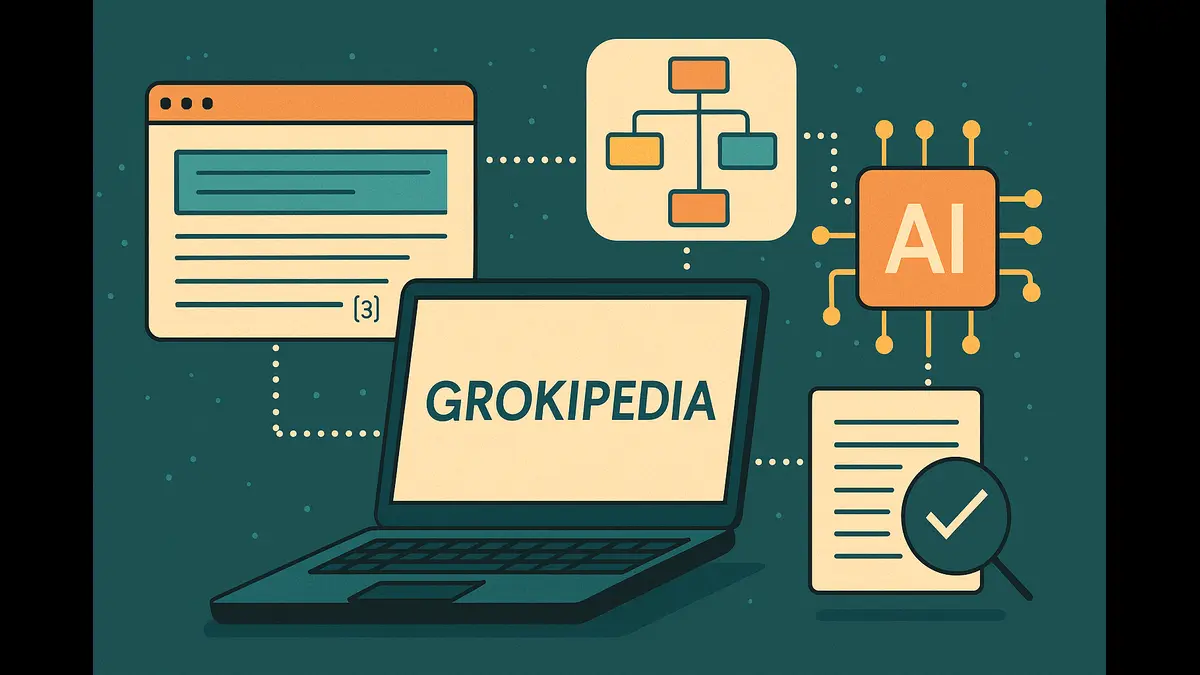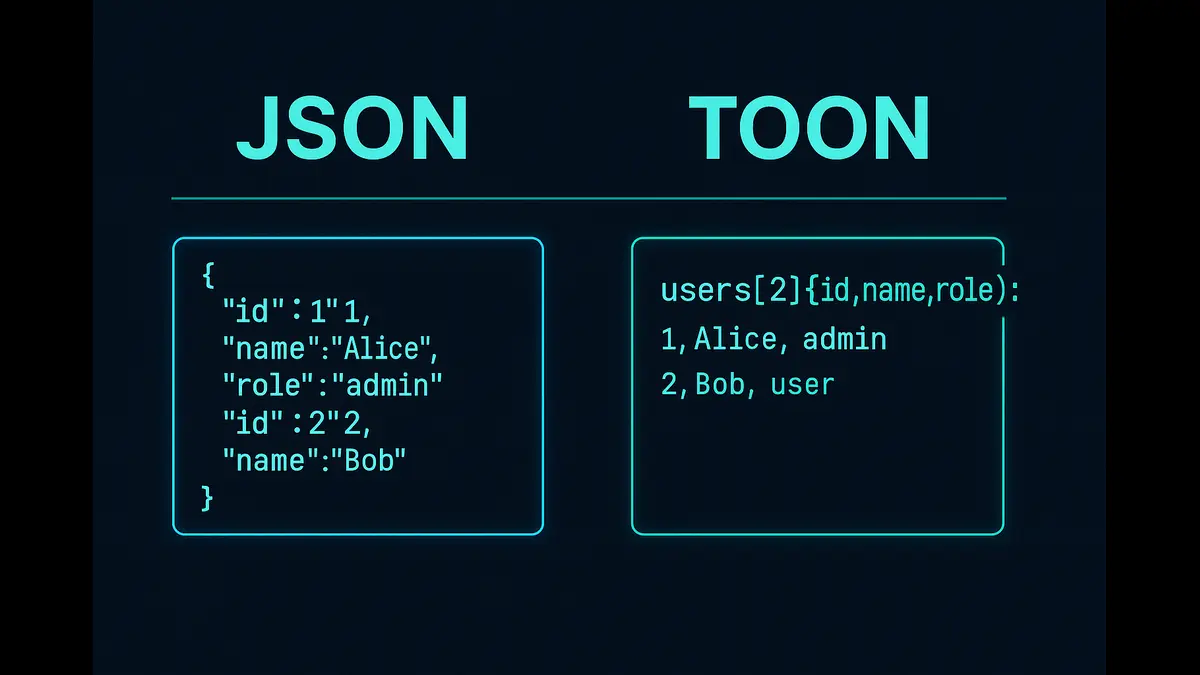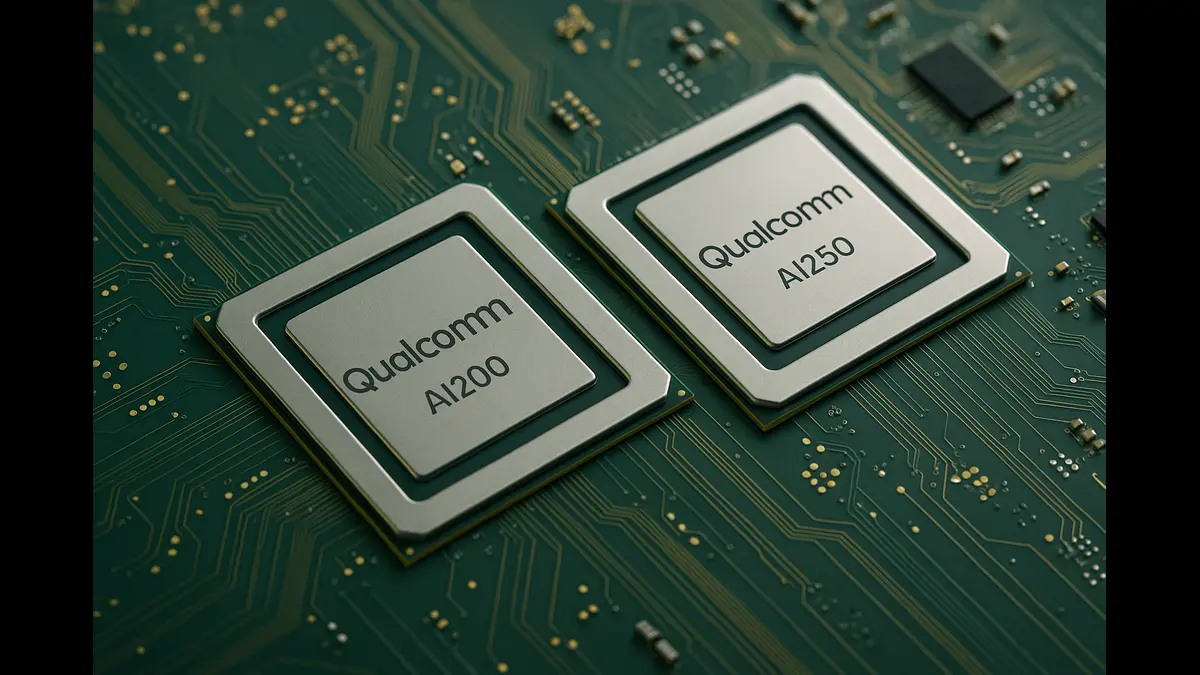
Huawei Connect 2025 unveiled a bold open-source AI strategy. By Dec 2025, CANN, MindSpore, and openPangu models will be released, creating a global alternative to CUDA.
Huawei Connect 2025, held in Shanghai from September 18 to 20, marked a transformative milestone for Huawei’s AI strategy, with the company committing to open-source its entire AI software stack by December 31, 2025. Eric Xu, Deputy Chairman and Rotating Chairman, detailed plans to release the Compute Architecture for Neural Networks (CANN), Mind series application enablement kits, and openPangu foundation models, first announced at the Ascend Computing Industry Development Summit on August 5, 2025. This strategic pivot aims to address developer challenges and build a collaborative ecosystem to rival Nvidia’s CUDA platform, positioning Huawei as a leader in global AI infrastructure. This article explores the technical specifications, timelines, integration strategies, and implications for developers, grounded in Huawei’s official announcements and industry insights.
Addressing Developer Challenges
Xu’s keynote candidly acknowledged friction in the Ascend ecosystem, particularly following the January 2025 release of DeepSeek-R1, which highlighted inference performance gaps in Ascend 910B and 910C chips. Between January and April 2025, Huawei’s R&D teams enhanced inference capabilities to meet customer needs. Developers have voiced concerns about tooling, documentation, and ecosystem maturity, which have limited adoption compared to mature platforms like CUDA. Huawei’s open-source strategy seeks to enable community-driven improvements, reducing vendor lock-in and fostering innovation akin to Linux’s collaborative model. By inviting external contributions, Huawei addresses pain points like incomplete libraries and complex kernel optimization, enhancing the platform’s usability.
CANN: Heterogeneous Computing Foundation
The Compute Architecture for Neural Networks (CANN) is Huawei’s core framework, bridging AI frameworks and Ascend’s Da Vinci architecture. It supports operator fusion, memory management, and graph optimization for efficient AI workload execution. By December 31, 2025, Huawei will open-source most CANN components, with open interfaces for the compiler and virtual instruction set, based on the 910B/910C design. The compiler translates framework code into hardware instructions, while the virtual instruction set abstracts operations like vector and tensor computations. Open interfaces enable developers to optimize latency-sensitive applications without exposing proprietary optimizations. The 910C chip, delivering 800 TFLOPS FP16 and 3.2 TB/s bandwidth, benefits from this transparency for performance tuning. All operators will be available on platforms like GitCode by September 2025, with full CANN release by year-end. Integration with ONNX Runtime ensures model portability across hardware.
Mind Series: Developer Toolchains
The Mind series, encompassing SDKs, libraries, and debugging tools, will be fully open-sourced by December 2025, enabling community-driven enhancements. Key components include:
- MindSpore: A Python-native framework with source-to-source compilation and distributed training, optimized for cloud-edge-device scenarios. Version 2.3.RC1 supports foundation model training and static graph optimizations.
- MindStudio: An IDE for operator development and visual debugging, integrating Profiler and Compiler for streamlined workflows.
- MindX SDKs: Industry-specific kits for deep learning and edge inference, with ModelZoo offering over 50 pre-trained models for one-click deployment.
These tools support Python and integrate with ModelArts for cloud-based workflows, with documentation focusing on Transformer-based models. Full open-sourcing empowers developers to customize libraries and enhance debugging tools, fostering a robust ecosystem.
openPangu: Foundation Models
Huawei’s openPangu models, set for full open-sourcing by December 2025, compete with Llama and Mistral. PanGu-Σ, with 1.085 trillion parameters trained on 329 billion tokens across 40+ languages, achieves 6.3x faster training throughput, excelling in NLP and code generation. openPangu-Embedded-1B targets edge deployment on Atlas 200I A2, while PanGu 5.0 supports multi-domain tasks like finance OCR (91% precision) and weather forecasting. Trained on diverse datasets, these models minimize biases through self-supervised learning. Licensing details, critical for commercial use and fine-tuning, will be clarified in the December release.
Operating System Integration
The UB OS Component, fully open-sourced, enables SuperPod interconnect management for integration into openEuler, Ubuntu, or RHEL. Supporting 384 Ascend 910C chips with 300 PFLOPS, it uses UB-Mesh for 1.25 TB/s bandwidth per device. Users can embed UB code as a plug-in, maintaining independent iteration without full OS migration. This flexibility reduces deployment barriers, though adopters assume maintenance responsibilities.
Framework Compatibility
Huawei prioritizes interoperability with PyTorch via torch_npu and vLLM-Ascend for LLM inference, achieving 60% of Nvidia H100 performance. vLLM-Ascend (v0.9.1) supports tensor parallelism, W4A8 quantization, and models like Qwen2.5-7B, with pluggable interfaces for multi-modal LLMs. Environment configurations mitigate version mismatches, ensuring seamless integration with existing codebases.
Implementation Timeline
By December 31, 2025, CANN, Mind series, and openPangu will be released with comprehensive documentation and examples, hosted on platforms like GitCode. The CANN Technical Steering Committee will oversee governance, handling merges and roadmaps. Licenses, likely Apache 2.0 or MIT, and governance structures remain unspecified but are critical for community adoption.
| Component | Open-Source Level | Timeline | Key Features |
|---|---|---|---|
| CANN | Interfaces for compiler/VIS; full for others | Dec 31, 2025 | Operator fusion, ONNX integration |
| Mind Series | Full | Dec 31, 2025 | MindSpore, MindStudio, ModelZoo |
| openPangu | Full | Dec 31, 2025 | 1B-1T params, multi-domain tasks |
| UB OS Component | Full | Ongoing | SuperPod plug-in, UB-Mesh |
Challenges and Opportunities
Ethical concerns, such as biases in PanGu datasets, and output reliability require robust validation. Regulatory gaps may slow adoption, but Huawei’s self-sufficiency aligns with China’s tech sovereignty goals. Opportunities include reduced dependency on Western hardware and scalable inference, with 910C nearing H100 performance. Community contributions could accelerate innovation, diversifying AI infrastructure.
Huawei Connect 2025 unveiled a bold open-source strategy, positioning Ascend as a collaborative AI platform. By December 2025, CANN, Mind series, and openPangu will empower developers to innovate freely, integrated with PyTorch and vLLM. While licensing clarity remains pending, Huawei’s commitment to community-driven development could challenge Nvidia’s dominance, fostering a vibrant ecosystem for global AI advancement.
Join the Poniak Search Early Access Program
We’re opening early access to our AI-Native Poniak Search.
The first 500 sign-ups will unlock exclusive future benefits
and rewards as we grow.
⚡ Limited Seats available
Discover more from Poniak Times
Subscribe to get the latest posts sent to your email.







